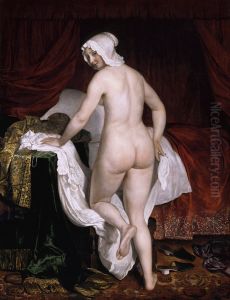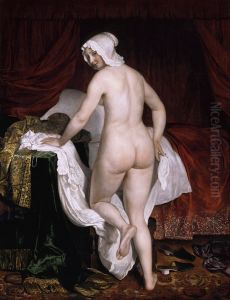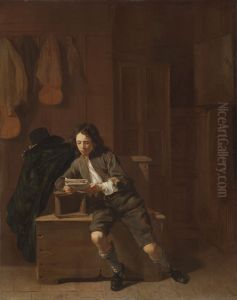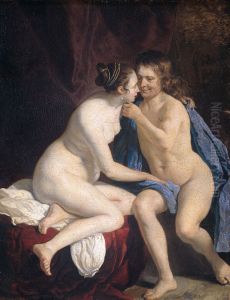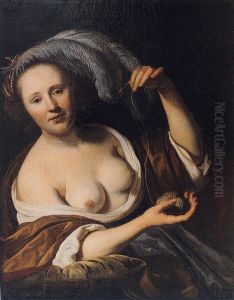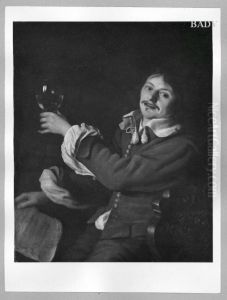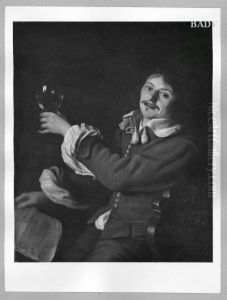Jacob van Loo Paintings
Jacob van Loo was a Dutch painter who was born in Sluis in 1614. He was part of the Van Loo family of painters and is known for his contributions to the Dutch Golden Age of painting. Jacob's artistic lineage included his father, who was also an artist, and this early exposure to art no doubt influenced his development as a painter.
Jacob van Loo's work was primarily focused on portraiture, genre scenes, and history paintings. His style was influenced by the works of contemporary Dutch masters, and he was particularly adept at capturing the intricate details of fabric and the subtle nuances of expression in his subjects. Van Loo's portraits often depicted members of the Dutch elite and were characterized by a sense of elegance and refinement.
In 1635, he moved to Amsterdam, where he became a respected artist and joined the St. Luke’s Guild. His career in Amsterdam was successful, and he gained a good reputation for his portraits and historical paintings. However, his life took a dramatic turn in 1654, when he was involved in a fatal stabbing incident, which resulted in the death of another man. Fleeing Amsterdam to avoid prosecution, Jacob van Loo settled in Paris.
In Paris, his talent was recognized, and he quickly became a part of the city's thriving artistic community. He was well received by the French nobility and even entered the service of Louis XIV, receiving commissions from the royal court. In 1661, he was admitted to the prestigious Académie Royale de Peinture et de Sculpture, an honor that signified his acceptance among the leading artists of France.
Jacob van Loo's work continued to flourish in France, but his life was cut short when he died in 1670. Despite his untimely death, his legacy lived on through his paintings, which continued to be held in high regard. His influence extended to his descendants, with his son, Louis-Abraham van Loo, and other family members also becoming notable artists in their own right. Jacob van Loo remains a significant figure in Dutch art history, and his works are admired for their technical skill and their portrayal of the elegance of his era.
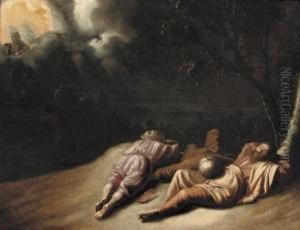
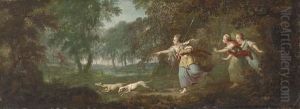
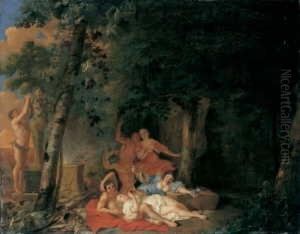
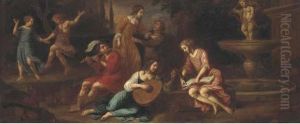
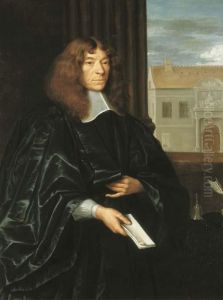
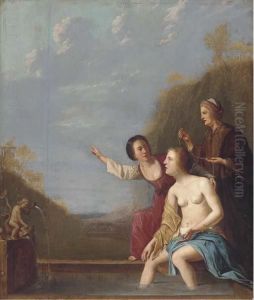
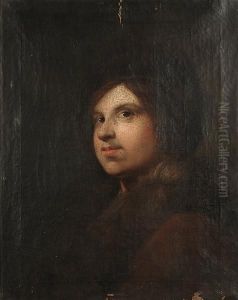
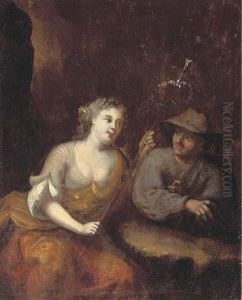
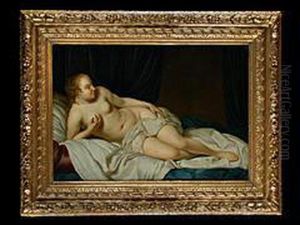
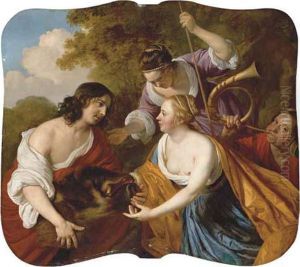
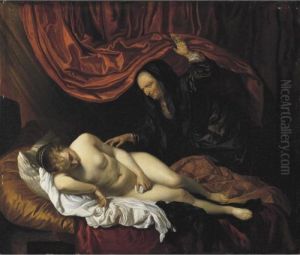
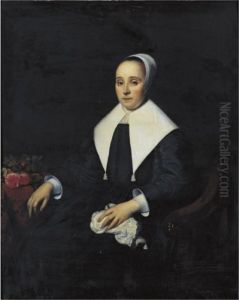
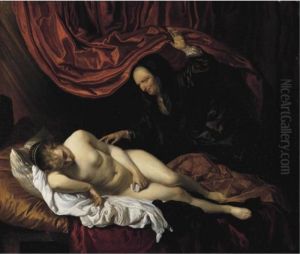
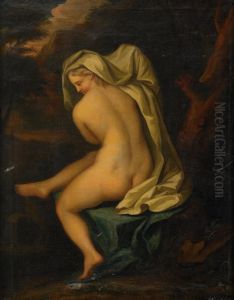
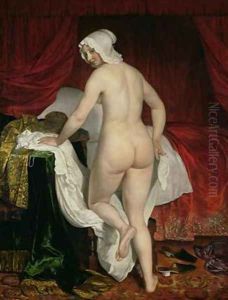
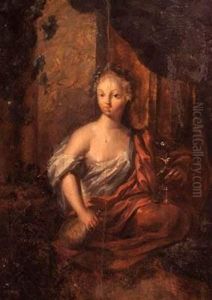
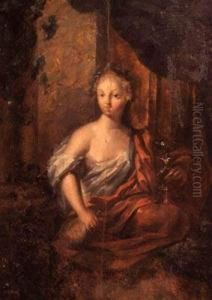
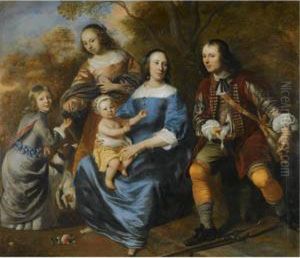
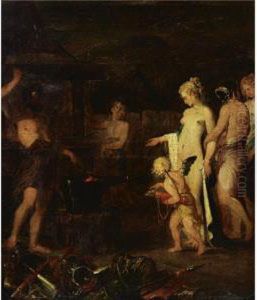
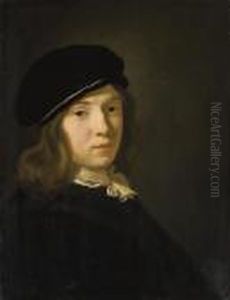
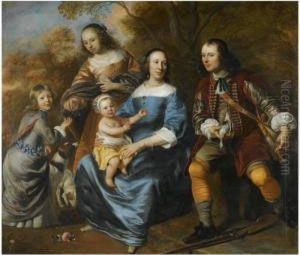
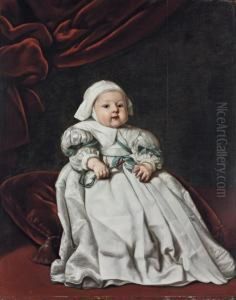
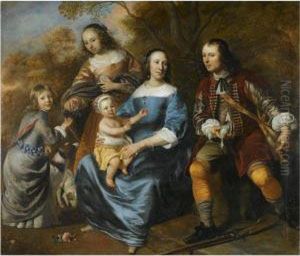
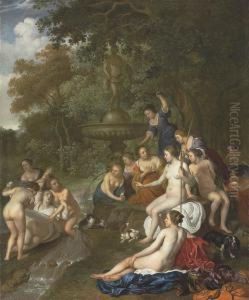
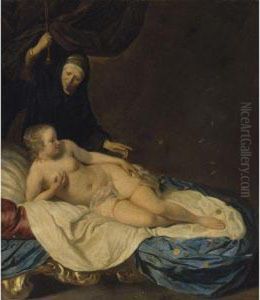
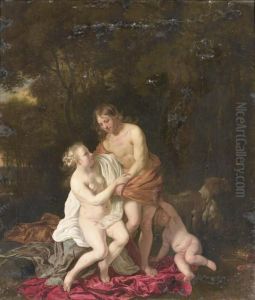
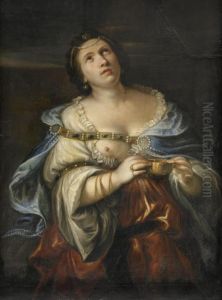
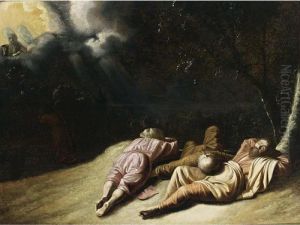
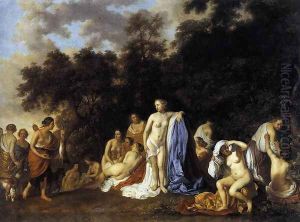
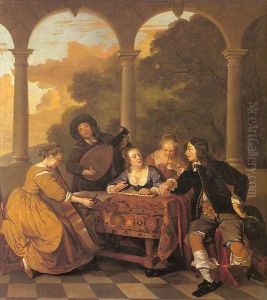
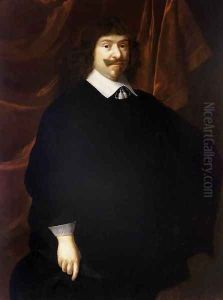
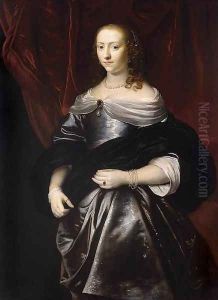
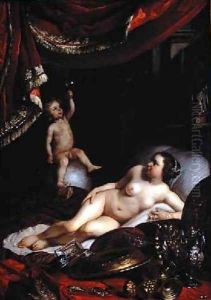
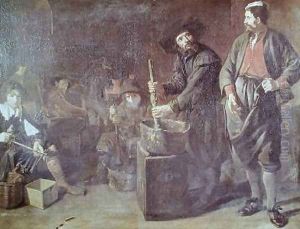

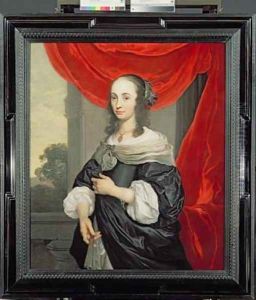
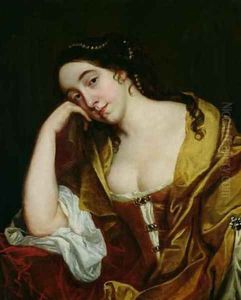
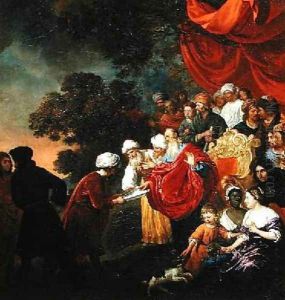

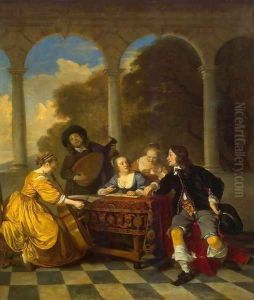
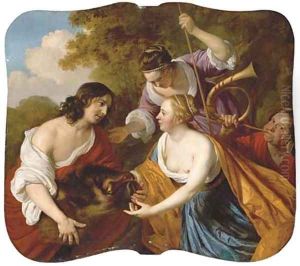
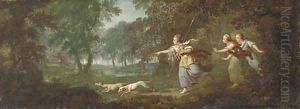
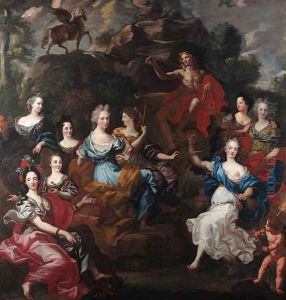

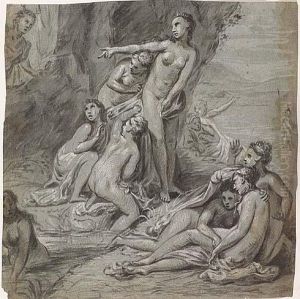

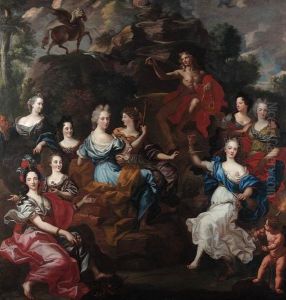
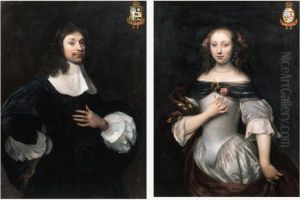
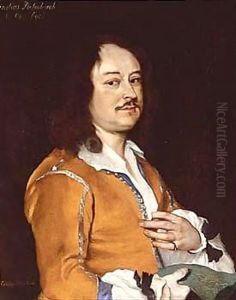
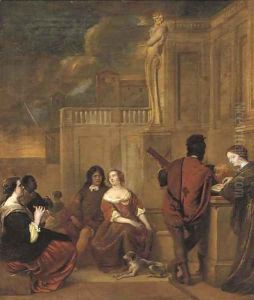
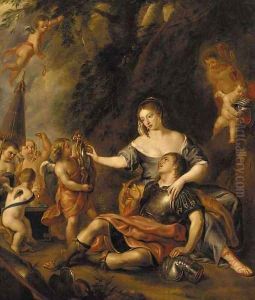
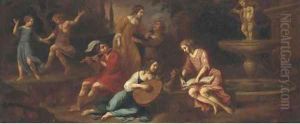
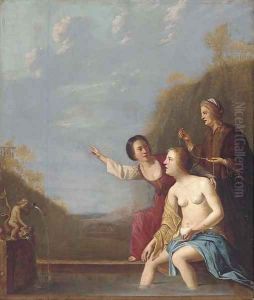
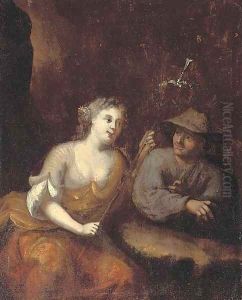
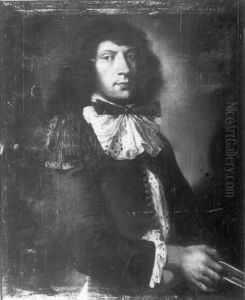
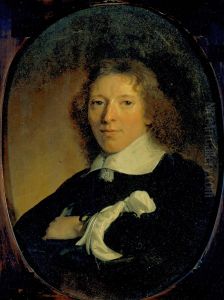
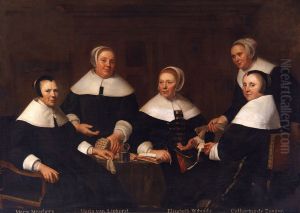
![Regenten van het Aalmoeseniers-, Arm- en Werkhuis.[2]](https://www.niceartgallery.com/imgs/4616411/s/jacob-van-loo-regenten-van-het-aalmoeseniers-arm-en-werkhuis2-18cc5500.jpg)
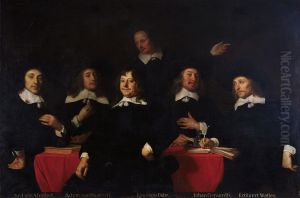
![[3]](https://www.niceartgallery.com/imgs/4616408/s/jacob-van-loo-3-a3e8f39b.jpg)
